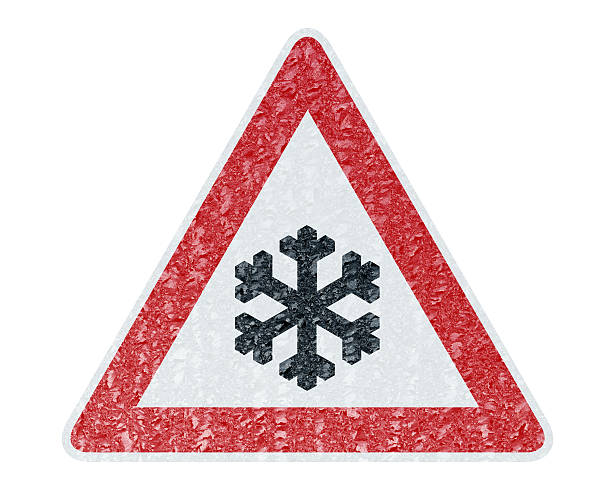Four factors contribute to cold stress: cold temperatures, high or cold wind, dampness, and cold water. A cold environment forces the body to work harder to maintain its core temperature. Cold air, water, and snow all draw heat from the body. So, while it is obvious that below freezing conditions combined with inadequate clothing could bring about cold stress, it is important to understand that it can also be brought about by temperatures in the 50’s coupled with rain and/or wind.
Anyone working in a cold environment may be at risk for cold stress. This could include an indoor workplace like cold storage or an outdoor job in construction or agriculture. Prolonged exposure to cold and/or freezing temperatures while on the job may cause serious health problems such as trench foot, frostbite, and hypothermia. In extreme cases, exposure to cold temperatures can lead to death.
Although OSHA does not have a specific standard that covers working in cold environments, under the Occupational Safety and Health Act (OSH Act) of 1970, employers have a duty to protect workers from recognized hazards, including cold stress hazards, that are causing or likely to cause death or serious physical harm in the workplace.
Also noteworthy, industrial hygienists and OSHA health CSHOs evaluate extreme temperatures by always considering humidity. Both extremes cause a greater hazard when humidity is involved.
Risk factors for cold stress include:
- Overexposure to cold temperatures
- Increase wind speed, and the wind chill effect
- Wet clothing and/or wet skin
- Dressing improperly for the weather
- Exhaustion
- Health conditions such as high blood pressure, hypothyroidism, diabetes, or asthma
- Poor physical conditioning
- Inadequate training on how to work safely in cold temperatures
IMPORTANT TIPS TO PREVENT COLD STRESS
- Wear proper clothing for cold, wet, and windy conditions
- Take frequent, short breaks in warm, dry shelters
- Schedule work for the warmest part of the day
- Avoid exhaustion or fatigue
- Keep extra clothing handy in case clothes get wet
- Drink warm, sweet beverages and avoid drinks with caffeine or alcohol
- Eat warm, high-calorie foods
- Use the buddy-system – work in pairs so that one worker can recognize the danger signs
- Stay dry in the cold because moisture or dampness, even from sweating, can increase the rate of heat loss from the body
Dressing properly is extremely important to preventing cold stress. Wear at least three layers of loose-fitting clothing. Layers provide better insulation.
- An inner layer of thermal wear, wool, silk or synthetic (polypropylene) to keep moisture away from the body.
- A middle layer of wool or synthetic to provide insulation even when wet.
- An outer wind and rain protection layer that allows some ventilation to prevent overheating.
Tight clothing reduces blood circulation and warm blood needs to be circulated to the extremities.
Other important clothing that can help prevent cold stress:
- Insulated coat/jacket (water resistant, if necessary)
- Knit mask to cover face and mouth (if needed)
- Hat that covers the ears. A hat will help keep the whole-body warmer and reduce the amount of body heat that escapes from the head
- Insulated gloves (water resistant, if necessary) to protect the hands
- Insulated and waterproof boots to protect the feet
If employees are working in cold environments, indoors or outdoors, then they should have access to cold stress prevention safety training and it’s also a great topic for a safety meeting.
A warming station must be provided for frequent breaks to accommodate employees working in uncontrolled temperature workplaces. It affects many workplaces including manufacturing operations, the construction industry, sporting events, and warehouses.
Spencer-SHE has been providing Safety, Health, and Environmental Compliance Guidance since 1980. Our team can develop protective criteria and plans for employees based upon measures of cold stress exposure.
Contact us here to help you to develop and maintain a safe and healthy workforce.
Sources:
https://weeklysafety.com/blog/preventing-cold-stress
https://ehs.research.uiowa.edu/occupational/cold-stress
https://www.uncp.edu/sites/default/files/2019-01/0119_cold%20stress.pdf

